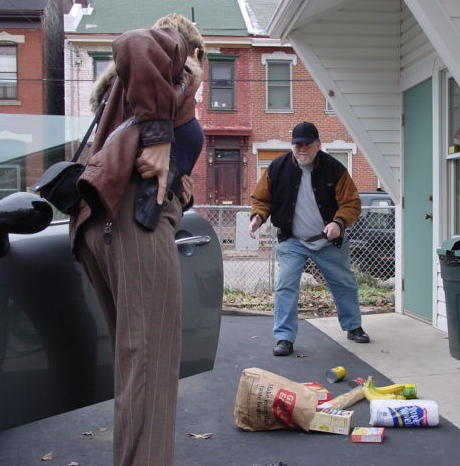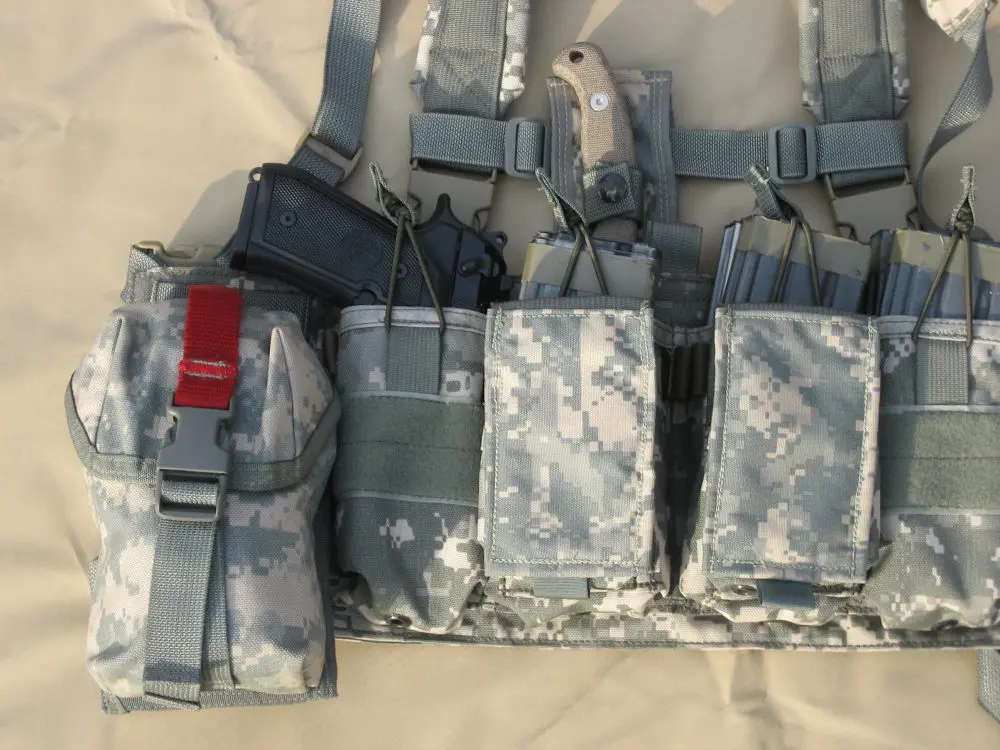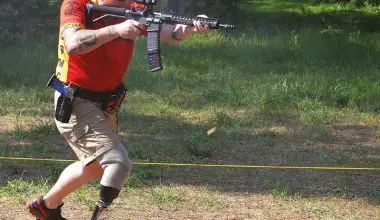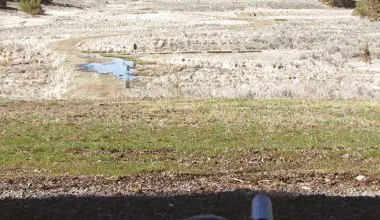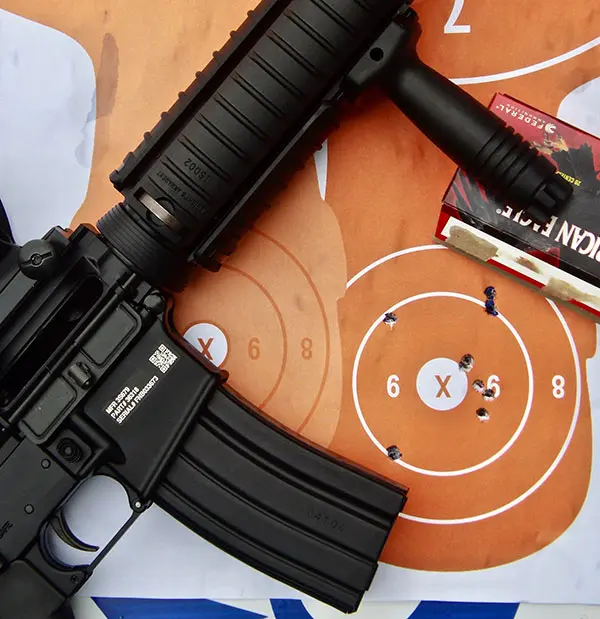When you can find one, it sells for full list (or just under), and ammo remains scarce. It seems everyone is buying a .380 and putting their sub-compact semi-autos and short-barreled revolvers in the safe.
With the mantra of “new, improved ammo,” manufacturers claim their new, miniscule pistol is “nearly” the equal of their slightly larger and heavier 9mm.
Whoa, there! Let’s take a look at what is really going on here.
First of all, we carry guns to save lives—our own, those of our loved ones and perhaps that of an innocent stranger. The kind of confrontation you are likely to have is not based on what gun you choose! It is what it is, and whether you have a .380, a .45, or a 12-gauge shotgun makes no difference in the distance, time, lighting, number of outlaws or anything else.
At six foot and 200 pounds, I have always expected attacks on me to come from the larger, rather than the smaller, end of the human scale. When it’s “my day,” I’ll wish I had my .308 rifle with a full 20-round magazine, and all my friends who carry guns at my side!
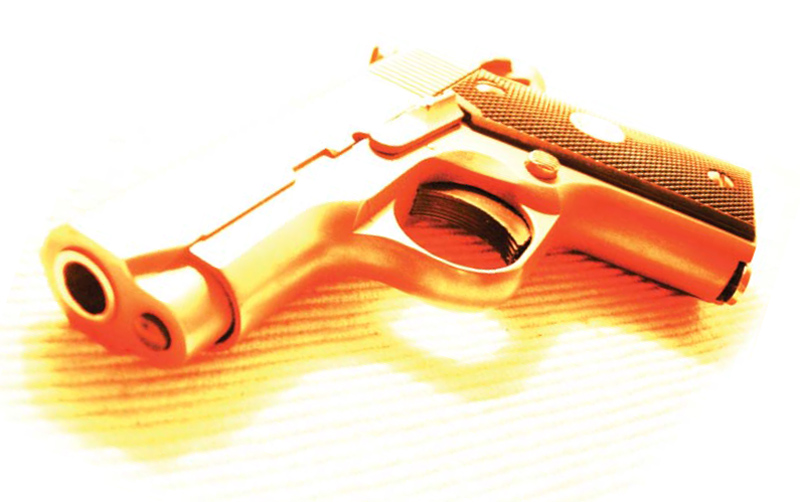
Table of Contents
PICTURE THIS …
So let’s set our frame of reference: Think of the biggest, baddest, meanest outlaw biker you’ve ever seen. He’s drunk, and topped off his evening with several snorts of PCP, an animal tranquilizer that deadens pain. He needed the PCP to tone down the buzz from the meth he ingested before he started drinking. Right now he feels invincible, having buffed out while doing his last stretch in state prison. He and his buddies think you look like an easy, wealthy mark, and your lady will provide some pleasant entertainment for them. If you shoot him with a .380 and he finds out about it, he is going to be very upset with you.
You have prepared for this kind of thing over the years by obtaining a CCW and passing your state’s ten-shot qualification course. You have been meaning to take more training, but as you kept buying smaller guns, the money just wasn’t there. The .45 you started with just got too big and heavy, and your new wardrobe simply could not conceal it. Things were better after you switched to a compact 9mm, but your significant other wanted you in the latest fashions.
Then, you found a new .380, and life was good.
You can go back to shorts, a tee shirt and flip-flops. Of course you cannot find enough ammo to really train with, but hey, you did OK on that required ten-round qual course a couple of years ago with your full-size .45, right? And the money you were saving for training went for your new super-small .380, but what the heck? Most bad guys run away when they see a gun—any gun— right? That’s what the salesman in the gun store said, and if he works in a gun shop, he must be an expert!
Not bloody likely!
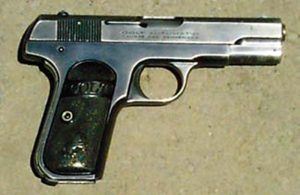
.380 LIMITATIONS
A .380 ACP (also known as .380 Auto, .380 Short, 9mm Browning, 9mm Corto, 9mm Kurz, 9mm Short and 9x17mm), just like any round, has its limitations. The guns can stand only so much pressure and not explode, and ammo makers know it. So the maximum pressure is the limiting factor.
Ammunition manufacturers also know that, since its inception 112 years ago in 1908, millions of guns have been made for this caliber, not all of them of the finest steels. In fact, during World War I, the French were so starved for handguns that they bought thousands, no matter the quality (or lack thereof), mostly from Spain.
If a round of today’s ammo gets into a cheap Spanish import from the 1920s and turns it into scrap, who’s going to get sued? The fool who loaded the magazine, or the deep pockets of the ammo maker? Subsequently all ammo is loaded to the low pressures those old guns can stand.
Given the pressure limit of the .380, ammo makers have a choice:
- Move a light bullet quickly, or
- Move a heavier bullet slowly
That’s it, that’s all you can get, one or the other.
If you push a heavy bullet too fast, you blow up guns. Move a heavy bullet too slowly, and you can get little penetration and no expansion. If you move a light bullet slowly, you get less energy to penetrate or expand the bullet. If you try to move a light bullet really, really fast, you blow up guns.
Decades ago, a Spec Ops guy I know shot an enemy officer, who was sitting down wearing a heavy winter coat, with a full magazine of ball ammo. When the officer stood up, all the .380 bullets fell out of his coat. My friend set a new Olympic track record getting out of there!
I don’t care what theory of stopping power (whatever that is) you prefer. You can either go with high speed or heavy weight.
LETHALITY
We must also be careful not to confuse “stopping power” with “lethality.” A .22 Long Rifle round is very, very lethal—eventually. When lives are on the line, however, you want your attacker to stop right now! To be brutally honest, you don’t care if he lives or dies, as long as he stops what he’s doing. If he kills you, and he dies later, too bad— you still lose!
Some folks want to quote the widely discredited “one shot stop” figures, from a book with no scientific basis. What those authors fail to tell you is how many times it took more rounds, sometimes a lot more rounds, to stop the outlaw before (or perhaps after) a good guy (or gal) got hurt. I recall one case from many years ago, where the bad guy absorbed more than ten .38 Special hits and three center-of-mass 12-gauge, one-ounce slugs, and still ran about 100 yards before consenting to stop.
Add to the mix that, with today’s recreational drugs, he may not care or even know he has been shot. Our efficient medical care system means your bad guy may have been shot before! So he may shrug off your .380 hits and keep on coming. It happens with .40s and .45s, so why not with a much weaker .380?
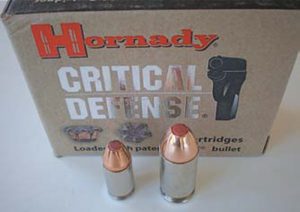
.380 AMMO
A quick survey of currently available commercial .380 ammo shows the lightest bullet is the 80-gr. CorBon at a listed 1,050 feet-per-second (fps) from a 2.5” barrel. The heaviest load is the Remington 102-gr. at 940 fps, but they clock it out of a four-inch barrel. So, the heaviest .380 round is 88% of the weight of the lightest 9mm round. But because of the stronger guns, the 9mm rounds are going hundreds of feet per second faster!
Handloaders may be able to push the limit, as I did find data for a .380 load using 115-gr. bullets, claiming 973 fps from a 3.75-inch barrel. I would not fire anything close to that load, and I fear for those who try it.
It’s also likely to accelerate wear on your guns—if they survive—which will require limiting practice and extra caution, like weighing each and every powder charge multiple times, and watching how deep you seat the bullets. With the limited case capacity of a .380, a tiny increase in seating depth can cause pressures to skyrocket. High pressures turn handguns into hand grenades. The same manual claims the same bullet reaches 1,250 fps from a 9mm, almost 300 fps faster from a slightly heavier, marginally larger gun.
FANTASY SCENARIOS
Think back to my “outlaw biker” and his pals. It is true that some, perhaps most, bad guys run at the sight of a gun, any gun. And more run at the sound of the first shot, that’s also true. But you are betting your life! You only get one of those, and if you choose poorly and lose, there is no second chance for you or your lady, who is sure to become another gruesome headline.
I have heard the “give them the whole magazine” statement from some devotees as well. That may, repeat may, work, but what do you do to his “brother” bikers? Now you have an empty gun and angry, doped-up, over-muscled bikers to deal with! Sure, this is a worstcase scenario, but that is why you carry a gun in the first place, isn’t it? It’s not for the Girl Scout menacing you with an unsold box of Thin Mints—it’s for the really bad dudes!
I have also heard the “Shoot them in the eye, it works every time” line. Oddly, I have never heard this on a range, only in gun shops from GSCs (Gun Shop Commandos).
I was a firearms trainer for a Federal agency for 25 years, and still shoot around 10,000 rounds every year. I don’t think I could hit the eye of a target every time at speed even on a nice quiet square range with a paper target. Reduce the light to dim, add the surprise and shock factors, multiply by the moving target and double that because I will be moving too, and the odds of scoring a hit in the eye disappear some place far to the right of the decimal point.
It may be tough enough to hit the bad guy anyplace, let alone in his eye! And don’t forget the tiny sights that you can’t see in the dim shadows, with the prize this time being your life. Forget it, and aim for the biggest chunk of the outlaw you can, no matter what gun you carry.
I am reminded of one of our uniformed officers who used to complain about the weight and discomfort of his body armor. His complaining stopped after he apprehended an outlaw with a .45 under his shirt. He said his armor never felt as light, flexible and downright comfortable as the moment when he found that pistol. The same may be true for you some dark night, when it’s your turn to do or die. It’s only your life, and the life of your family, at stake.
By the way, can anyone name any police department in this country that issues a .380 as a primary weapon? Why not? Some European departments used to, because their actual primary weapon was the 9mm submachine gun in their car. The .380 was viewed as a badge of office, usually carried in a fullflap, slow-draw holster.
STOPPING POWER
All cartridges have limitations, some being more limited than others. That is how the “floor” of 9mm/.38 Special came about. Handguns are admittedly poor fight stoppers, and the smaller the cartridge, the less stopping power it offers. While there are those, usually with no experience in emergency conflict management, advocating these small rounds, those who have faced the elephant for real tend toward larger rounds.
Let me be clear: I am not a “caliber elitist.” Over the 40+ years that I have carried guns concealed, I have carried subcompact 9mms and .38 Snubbies as well as .45s. I tried some .380s, but when I started to shoot things like car doors, water jugs, and later the early ballistic gelatin, I was underwhelmed. Even in comparison to my M36 Chiefs Special .38, the .380 just did not have enough of what is needed to stop an attack. My early years had me dealing with longshoremen, and I respected their size and strength. After the first real resistance from one, I knew a .480 was not enough gun!
Plus, in the midst of an ammo shortage, how will you become proficient with your new .380? In the area where I live, in two counties (about 5,000 square miles) with ten gun shops, I was able to find exactly five 25-round boxes of self-defense ammo, and no ball/practice ammo. How will you learn to best utilize your new .380 without shooting it? Heck, how will you even know if it works, let alone learn how to “hit them in the eye”?
One of the great things about this country is that in most things you get to choose—wives, friends, cars, guns, etc. What you do not get to choose are what can happen to you and who will be acting upon you.
Choose wisely—your life depends on it!
